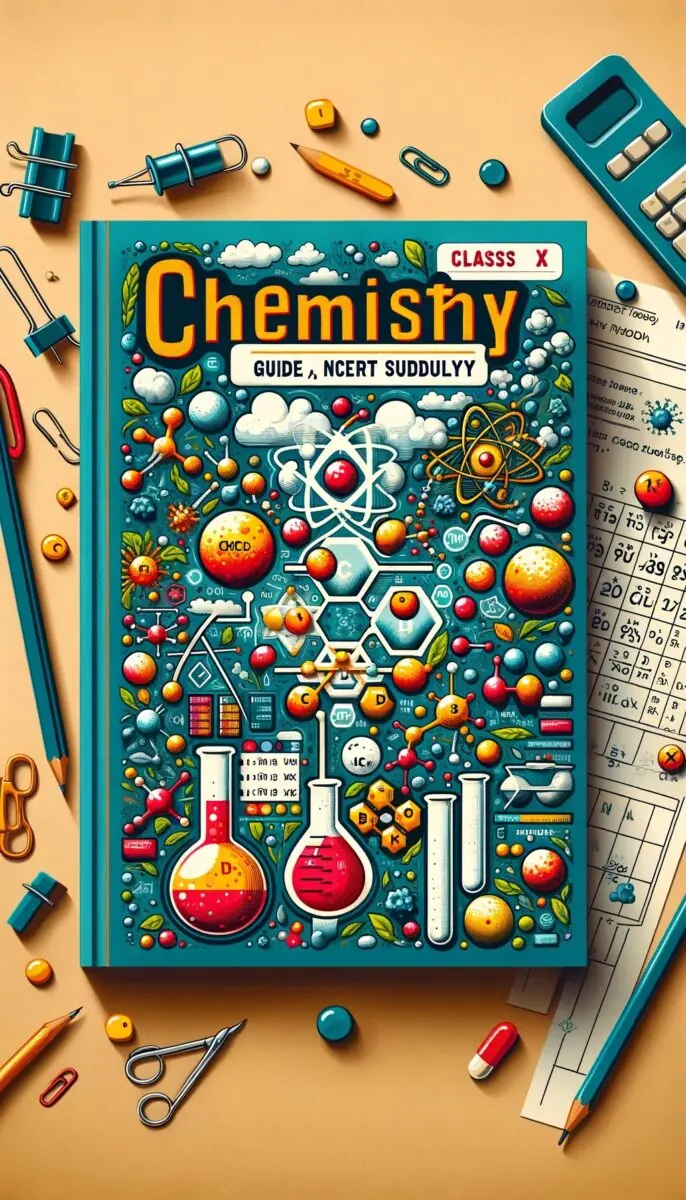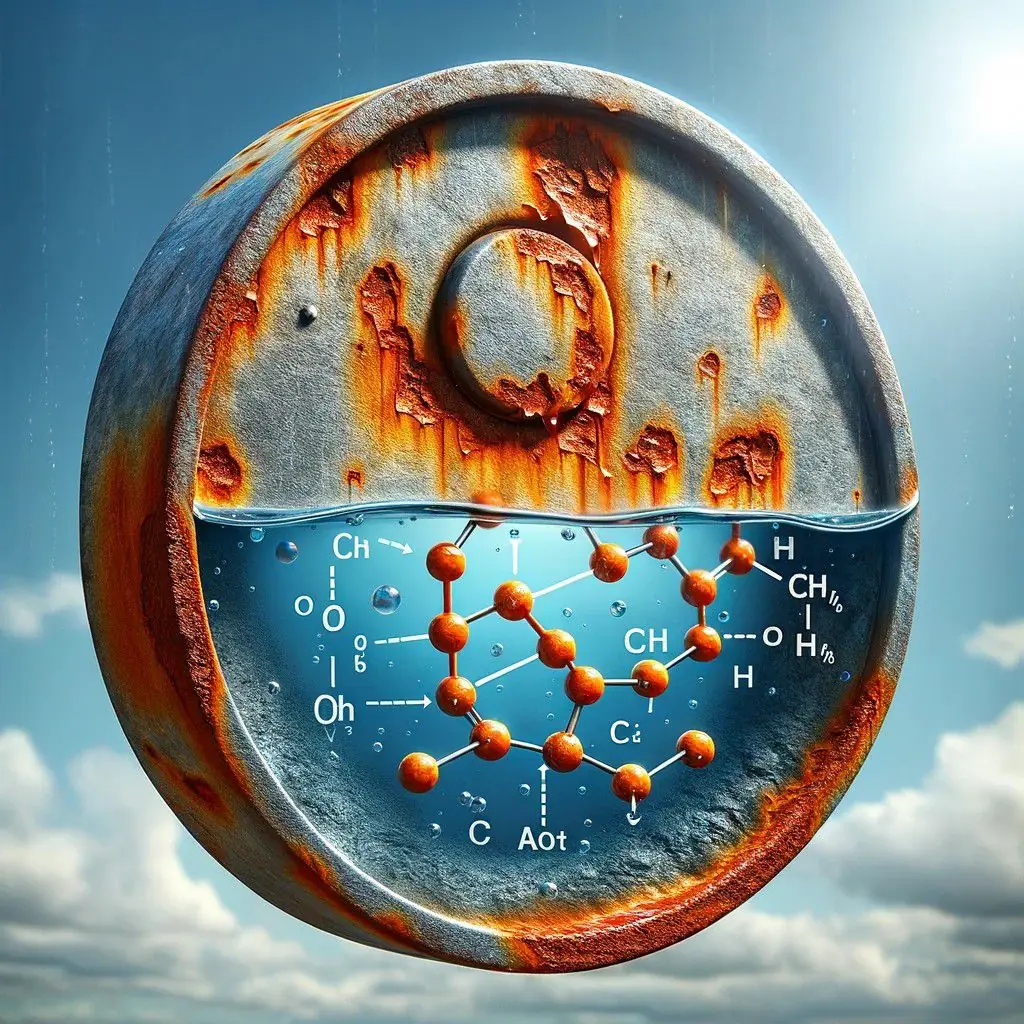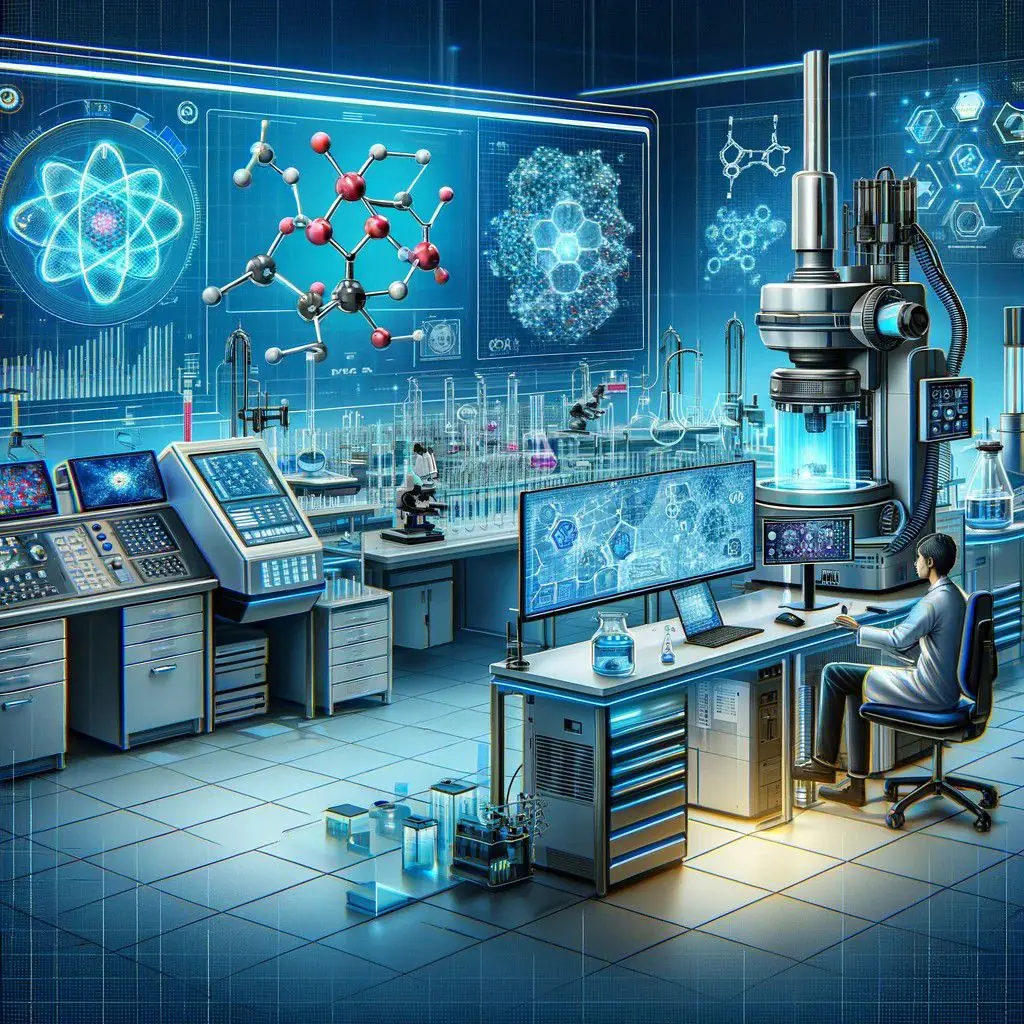
Mastering Chemistry: Exploring Balanced Chemical Equations and Oxidation in Daily Life – A Comprehensive NCERT Class 10 Guide

Chapter 1: Introduction to Chemical Equations
Understanding the Basics
Chemical equations are the language of chemistry. They provide a way to express chemical reactions using symbols and formulas. Before delving into the specifics of balanced equations and oxidation reactions, it’s essential to grasp the basics of what a chemical equation is and why it’s important.
- Definition: A chemical equation represents a chemical reaction, showing the reactants and products.
- Symbols and Formulas: Each element is represented by a symbol, and compounds are shown by formulas.
Examples and Explanation
To make this clear, let’s look at a simple chemical equation:
[ \text{CH}_4 + 2\text{O}_2 \rightarrow \text{CO}_2 + 2\text{H}_2\text{O} ]
This equation represents the combustion of methane. It shows methane (( \text{CH}_4 )) reacting with oxygen (( \text{O}_2 )) to produce carbon dioxide (( \text{CO}_2 )) and water (( \text{H}_2\text{O} )).
Chapter 2: Balanced Chemical Equations
The Concept of Balancing Equations
Balancing a chemical equation is essential because it reflects the Law of Conservation of Mass. This law states that mass is neither created nor destroyed in a chemical reaction.
- Balancing Techniques: We balance equations by adjusting the coefficients (the numbers in front of molecules) to ensure the same number of each type of atom on both sides of the equation.
Implications of a Balanced Equation
- Conservation of Mass: It demonstrates that the total mass of the reactants equals the total mass of the products.
- Stoichiometry: This helps in calculating the proportions of reactants and products in a reaction, crucial for fields like medicine and environmental science.

Chapter 3: Oxidation Reactions in Everyday Life
Understanding Oxidation
Oxidation is a chemical reaction where a substance loses electrons. This type of reaction is fundamental in both chemistry and our daily experiences.
Everyday Examples of Oxidation
- Rusting of Iron: Iron, when exposed to oxygen and moisture, undergoes oxidation, resulting in rust.
- Browning of Fruits: Exposure to oxygen causes fruits like apples and bananas to brown, a classic example of an oxidation reaction.
- Combustion: The burning of fuels, essential for vehicles and power generation, is an oxidation process.
Impacts of Oxidation Reactions
- Positive Aspects: Oxidation is vital in biological processes like cellular respiration.
- Negative Aspects: Uncontrolled oxidation can lead to material degradation, such as rusting and food spoilage.
Chapter 4: The Role of Chemical Equations in Education and Research
Educational Perspective
For students, particularly those studying the NCERT syllabus for Class 10, understanding chemical equations is crucial. It forms the foundation for more advanced topics in chemistry.
- Curriculum Integration: Chemical equations are integral to topics ranging from basic chemistry to more complex concepts like thermodynamics and organic chemistry.
- Practical Applications: Laboratory experiments often require the understanding of balanced equations to predict the outcomes accurately.
Research and Practical Applications
In research, chemical equations are not just theoretical constructs but tools that enable scientists to innovate and discover.
- Industrial Applications: From pharmaceuticals to manufacturing, balanced chemical equations guide the production and development of new products.
- Environmental Science: Understanding chemical reactions is key to addressing issues like pollution and climate change.

Chapter 5: Advanced Concepts in Chemical Reactions
Complex Reactions and Their Applications
As students progress in their study of chemistry, they encounter more complex reactions. These reactions have profound implications in various scientific and industrial fields.
Key Advanced Concepts
- Rate of Reaction: Understanding how different factors like temperature and concentration affect the speed of chemical reactions.
- Equilibrium: The state where the forward and reverse reactions occur at the same rate.
- Acid-Base Reactions: Fundamental to many biological and environmental processes.
The Future of Chemistry
The ongoing advancements in chemistry promise innovative solutions to many of today’s challenges, from new medical treatments to sustainable energy sources.
Chapter 6: The Importance of Oxidation Reactions in Environmental Science
Oxidation and the Environment
Oxidation reactions play a critical role in environmental science. They are involved in processes ranging from the degradation of pollutants to the cycling of nutrients in ecosystems.
Environmental Implications
- Ozone Formation: A result of oxidation reactions in the atmosphere, essential for protecting life from harmful UV radiation.
- Biodegradation: The breakdown of organic matter, often through oxidation, crucial in waste management and soil health.
Chapter 7: The Role of Technology in Understanding Chemical Reactions
Technological Advances in Chemistry
Modern technology has revolutionized our understanding and application of chemical reactions. From computational chemistry to advanced spectroscopy, technology offers new insights into the molecular world.
Technology in Education
Technology has also transformed how chemistry is taught and learned. Interactive simulations, online laboratories, and digital textbooks have made learning more accessible and engaging.

Chapter 8: The Interplay of Chemistry and Other Sciences
Chemistry’s Relationship with Other Disciplines
Chemistry is often referred to as the “central science” because of its connection to other scientific fields, including biology, physics, and environmental science.
Key Interdisciplinary Connections
- Biochemistry: The study of chemical processes in living organisms.
- Physical Chemistry: The application of physics in understanding chemical phenomena.
- Environmental Chemistry: Focusing on chemical processes occurring in the environment.
Chapter 9: Chemistry in Our Daily Lives
The Ubiquity of Chemical Reactions
Chemistry is not confined to laboratories; it’s an integral part of our everyday lives. From the food we eat to the products we use, chemical reactions are constantly occurring around us.
Examples in Daily Life
- Cooking: Culinary processes are essentially chemical reactions, such as the browning of meat or the fermentation of dough.
- Cleaning: Detergents and soaps work through chemical interactions to remove dirt and grease.
Chapter 10: Future Directions in Chemistry
Emerging Trends and Innovations
As we advance, the field of chemistry is evolving, with new discoveries and technologies shaping the future.
Areas of Future Growth
- Nanotechnology: Manipulating matter at an atomic or molecular level.
- Green Chemistry: Developing environmentally friendly chemicals and processes.
Challenges and Opportunities
The future of chemistry presents both challenges, such as sustainability and ethical concerns, and opportunities in health, technology, and environmental protection.